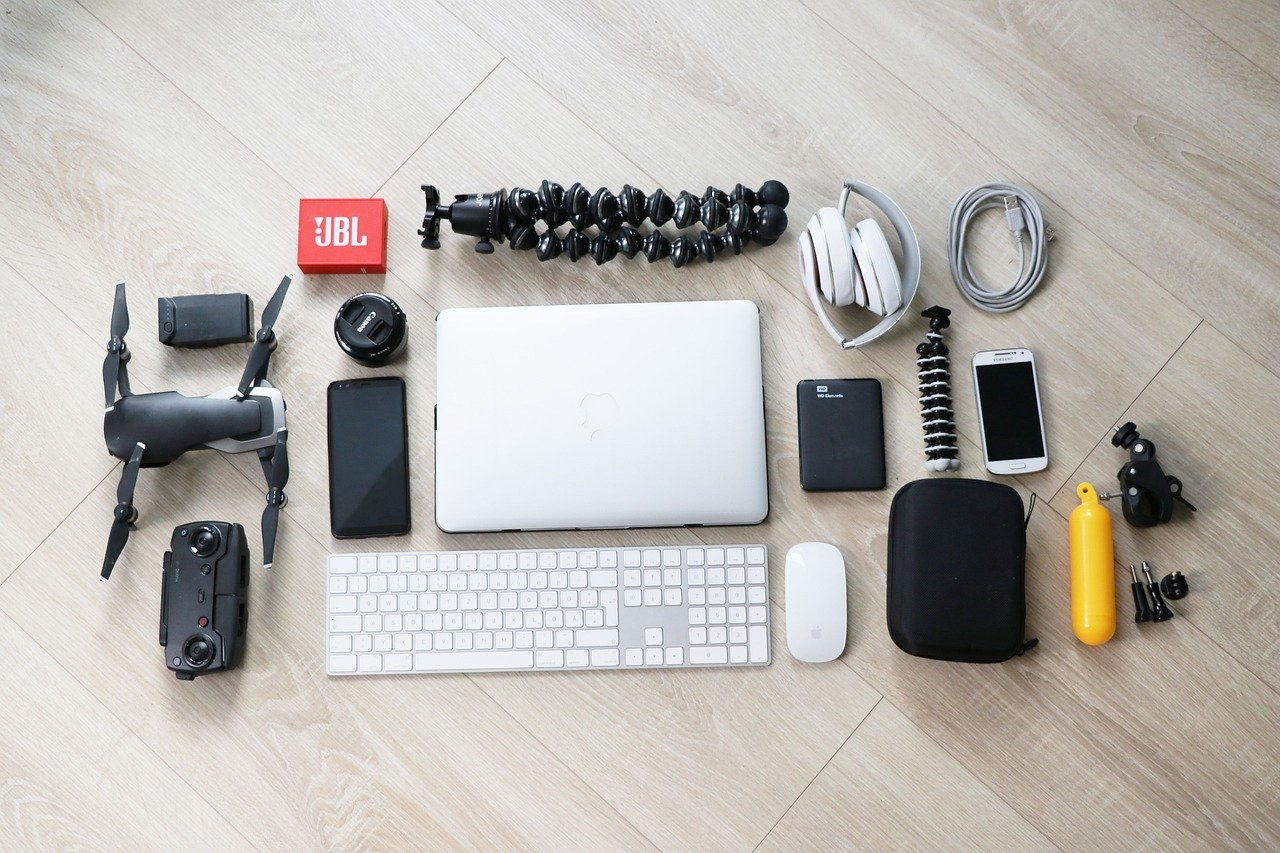In recent years, wearable technology has evolved from simple step counters to powerful health and fitness tools. Devices such as smartwatches, fitness bands, heart rate monitors, and even smart clothing have significantly transformed the way people approach their well-being. These gadgets provide users with real-time data, personalized insights, and motivation to live healthier lives, making them a key part of modern health and fitness routines.
The Rise of Wearable Technology
The wearable tech industry has seen explosive growth due to advances in miniaturization, connectivity, and data analysis. From Fitbit’s early step counters to Apple Watches and Garmin’s multi-sport trackers, these devices have gained popularity among both casual users and professional athletes. The global wearable market is projected to surpass $100 billion in the coming years, signaling their increasing importance in daily life.
Key Features and Functions
Wearable health and fitness gadgets are designed to track various physical activities and vital health metrics. Some of the most common features include:
-
Step Counting and Distance Tracking: Most devices monitor daily steps, distance traveled, and active minutes, encouraging users to stay mobile throughout the day.
-
Heart Rate Monitoring: Continuous heart rate tracking helps users understand how their heart responds to different activities and detect irregularities early.
-
Sleep Analysis: Wearables monitor sleep patterns, duration, and quality, providing insights to improve rest and recovery.
-
Calorie Burn Estimates: Users can track how many calories they burn throughout the day or during specific workouts.
-
GPS Tracking: Ideal for runners and cyclists, GPS functionality enables accurate distance and route tracking.
-
Blood Oxygen and ECG Readings: Advanced devices can measure blood oxygen levels and even perform electrocardiograms, adding a layer of medical insight.
These features combine to offer a comprehensive view of a person’s health and fitness, all from their wrist or clothing.
Benefits of Wearable Tech in Health & Fitness
-
Motivation and Goal Setting
Wearables gamify fitness by setting daily goals, sending reminders, and rewarding achievements. This continuous feedback loop motivates users to stay active and improve over time. -
Personalization
The data collected allows users to tailor workouts, diets, and lifestyle habits to their individual needs. Whether someone wants to lose weight, build muscle, or manage a condition like diabetes, wearable tech can support their journey. -
Preventive Health
Wearables detect subtle changes in health that may indicate problems. For instance, an unusually high resting heart rate or disrupted sleep pattern could signal illness or stress, prompting early medical attention. -
Integration with Apps and Health Services
Many devices sync with smartphones and health apps, enabling users to log meals, water intake, medications, and more. Some can even share data with healthcare providers for better care coordination.
Challenges and Concerns
Despite their benefits, wearable tech is not without challenges:
-
Data Accuracy: Not all devices are 100% accurate, especially when it comes to calorie counting or sleep stages. Users should view results as trends rather than exact measurements.
-
Privacy and Security: Wearables collect sensitive health data, raising concerns about how this information is stored, used, and shared. It’s important for users to choose brands with strong privacy policies.
-
Overreliance on Technology: While wearables can be helpful, relying too heavily on them may reduce a person’s ability to listen to their own body. Balance and self-awareness are still crucial.
Future Trends in Wearable Health Tech
The future of wearable tech looks promising, with innovations already on the horizon:
-
Smart Clothing and Accessories: Fabrics embedded with sensors can provide even more detailed insights without the need for wristbands or watches.
-
AI-Driven Insights: Artificial intelligence will enhance data interpretation, offering predictive analytics and proactive health suggestions.
-
Medical-Grade Monitoring: Future devices may monitor blood sugar levels non-invasively, detect infections, or even analyze hydration and stress levels in real time.
-
Integration with Virtual Health: Wearables will likely become an essential part of remote patient monitoring, telehealth services, and even mental health tracking.
Conclusion
Wearable technology is revolutionizing the health and fitness industry by providing users with the tools they need to track, understand, and improve their physical well-being. As these devices become more advanced and integrated with medical care and AI, they will play an even bigger role in promoting healthier lifestyles and preventing chronic conditions. For anyone looking to take charge of their health, wearable tech is not just a trend—it’s a game-changer

